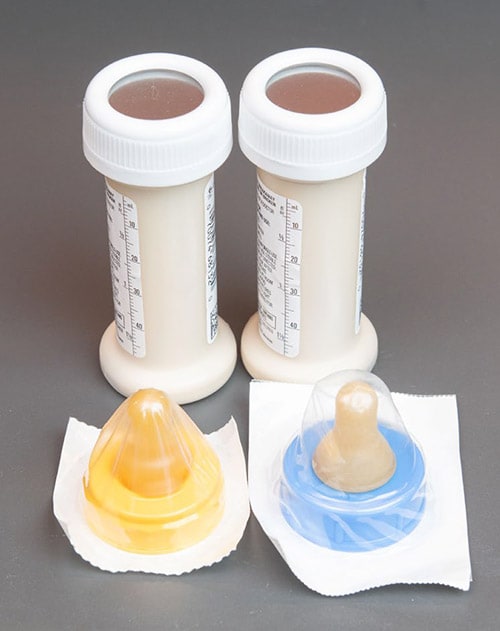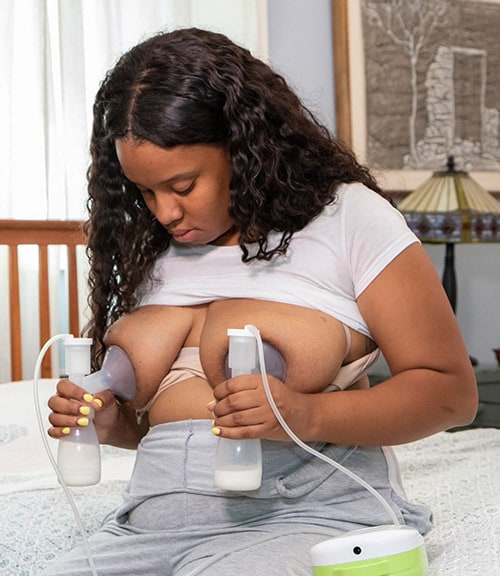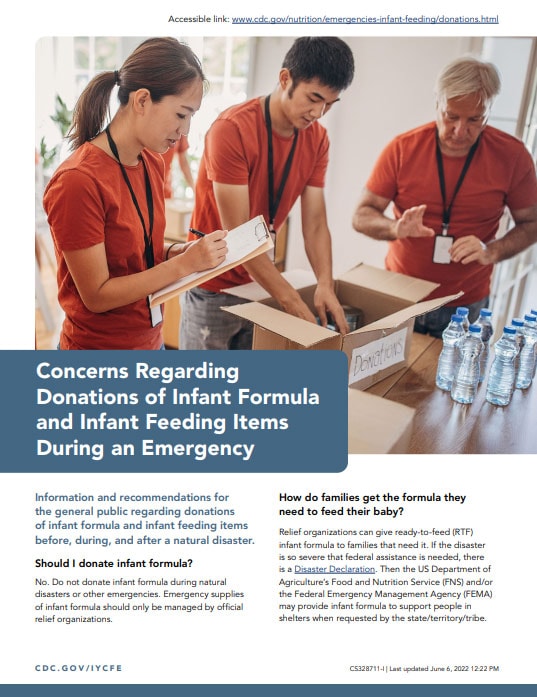Concerns Regarding Donations of Infant Formula and Infant Feeding Items During an Emergency
Information and recommendations for the general public regarding donations of infant formula and infant feeding items before, during, and after a natural disaster.
Should I donate infant formula?
No. Do not donate infant formula during natural disasters or other emergencies. Emergency supplies of infant formula should only be managed by official relief organizations.
How do families get the formula they need to feed their baby?
Relief organizations can give ready-to-feed (RTF) infant formula to families that need it.
If the disaster is so severe that federal assistance is needed, there is a Disaster Declaration. Then the US Department of Agriculture’s Food and Nutrition Service (FNS) and/or the Federal Emergency Management Agency (FEMA) may provide infant formula to support people in shelters when requested by the state/territory/tribe.
I want to donate infant formula because I heard there is a shortage in stores. Is this okay?

Ready-to-feed (RTF) infant formula is a sterile liquid infant formula that is ready to feed without adding water. Powdered infant formula needs to be mixed with safe water. During an emergency, access to safe water and boiling facilities may not be available or may be limited, unpredictable, and inconsistent. Mixing powdered infant formula with unsafe water can make babies very sick and, in some cases, can lead to death.
Some stores have seen shortages of infant formula during a disaster due to families overstocking on supplies. Even so, do not buy infant formula to donate. It’s important for relief organizations to manage the process of getting infant formula so that they can make sure it is stored at a safe temperature and given only to families that need it. They will also make sure that families get the information and supplies they need to feed their babies safely.
How can infant formula donations be harmful?
Donations of infant formula during an emergency might be harmful in several ways:
- Infant formula is sometimes distributed without first assessing who needs it and without providing feeding supplies or education on safe preparation and storage.
- Handing out infant formula to all families with infants can send an inaccurate message to breastfeeding women that their milk is not enough.
- When breastfeeding women start using infant formula during an emergency, they might breastfeed less, which can lead to a lower milk supply.
- When families recover from the crisis, they may not be able to afford continued use of infant formula.
- Families might dilute or water down infant formula (by adding too much liquid) to make it last longer, which is dangerous and reduces the amount of nutrients the baby will receive at each feeding. The child might become malnourished.
Can I donate infant and toddler feeding items, like bottles, pacifiers, and sippy cups?
Maybe. Cleaning reusable infant and toddler feeding items during a natural disaster requires safe water and soap after each use. When these supplies are not available, families should use disposable cups to feed infants and children expressed breast milk, formula, or other liquids. If you wish to donate infant and toddler feeding items, check with local relief organizations for a listing of supplies they need.
Should I donate breast pumps?
No. Do not donate breast pumps. Without power, mothers cannot use an electric breast pump or safely refrigerate their expressed milk. Even for battery-operated or manual pumps, keeping pump parts clean is an additional challenge. Pump kit parts that are not thoroughly cleaned after each use can grow bacteria that can contaminate expressed milk and make a baby sick. Families that need to pump milk can be safely supported and taught to hand express, so that this equipment is not needed.
Can I donate my breast milk?

Yes. Milk banks are always in need of more donor human milk. Human Milk Banking Association of North America (HMBANA) member banks are nonprofit operations that provide pasteurized donor human milk to fragile infants in need. You can review the list of milk banks and their locations, and then call the one that is geographically closest to you (the milk bank does not need to be in your same state). Milk bank staff will guide you through the screening and donation process. Milk banks cover the cost of screening donors and shipping, and many have drop off sites. It is important to know that donating milk is a commitment and can take time because it requires a screening process and often multiple donations to provide a minimum amount of milk. However, you do not need to wait for an emergency to donate your breast milk. Consider becoming a donor at any time to help milk banks be prepared for future emergencies.
I want to help with recovery efforts, what can I donate?
Connect with official emergency relief organizations working in the affected area to determine what is needed and how to help before, during, and after a disaster. Do not start collecting and shipping items unless you know a specific organization will accept your items. Relief organizations may prefer financial donations because they provide the most flexibility in obtaining the most-needed resources. Perishable items require refrigeration, which may not be available to families if there is no electricity. Unneeded donations often go to waste and can make post-disaster clean-up efforts even more difficult.

